Herbs can be really easy to care for, but as with any plant, you may encounter some difficulties. If your herbs are struggling or you’re wondering how to grow herbs indoors, these seven tips can help you figure out why they’re dying rather than thriving. If you catch these problems in time, these 5 tips can help you bring them back to life.
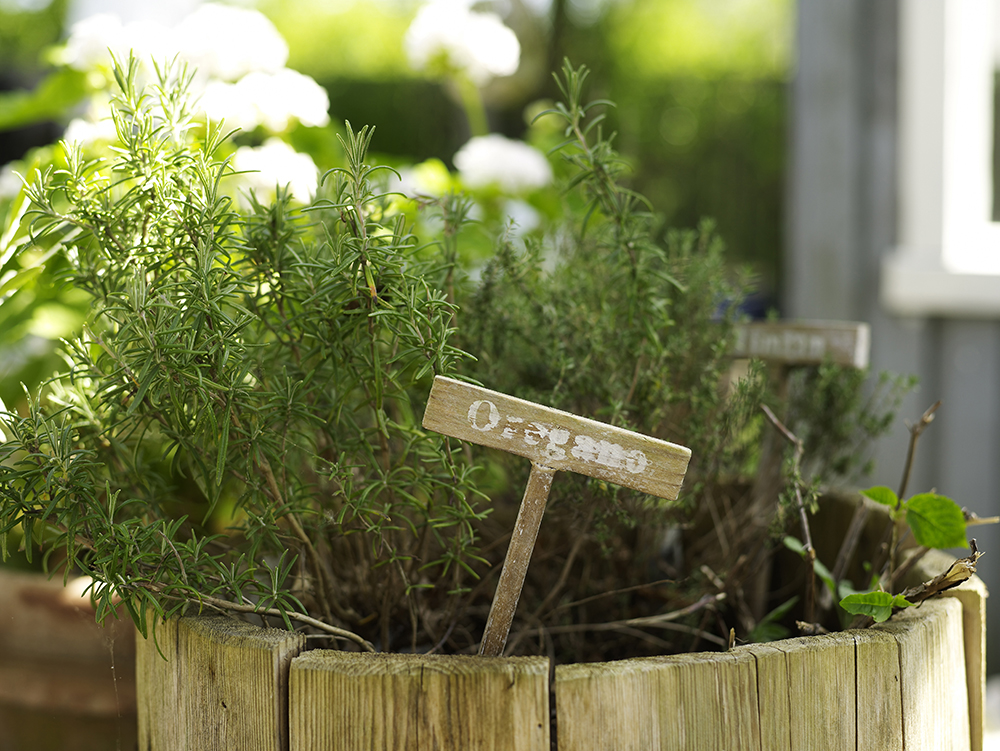
They May Be Getting Too Little Light
If your indoor herbs are struggling to grow, it could be because they’re not getting enough sun. Herbs like chives and oregano prefer bright indirect light, and won’t be too happy in a dark corner of your kitchen, and may look wilted with little or no new growth.

They May Be Getting Too Much Direct Sunlight
On the opposite end of the spectrum, another reason your herbs may look like they’re dying is because of too much sunlight. If your leafy herbs like mint have scorched-looking leaves, they may have the plant equivalent of a sunburn caused by too much direct light. Growing herbs at home is a balancing act, so try moving the plant to spot where it gets bright indirect light without the sun’s harsh rays directly on its leaves.

They May Be Getting Too Little Water
If you notice your basil plant wilting, underwatering may be the cause. One way to tell is to stick your finger in the soil – if it’s totally dry, you may not be watering often enough. Another telltale sign? When the soil starts to pull away from your plant’s container, it’s a good indicator that your plant isn’t getting enough water.
Related: 20 Hacks That Will Bring Your Dead (or Dying) Plant Back to Life
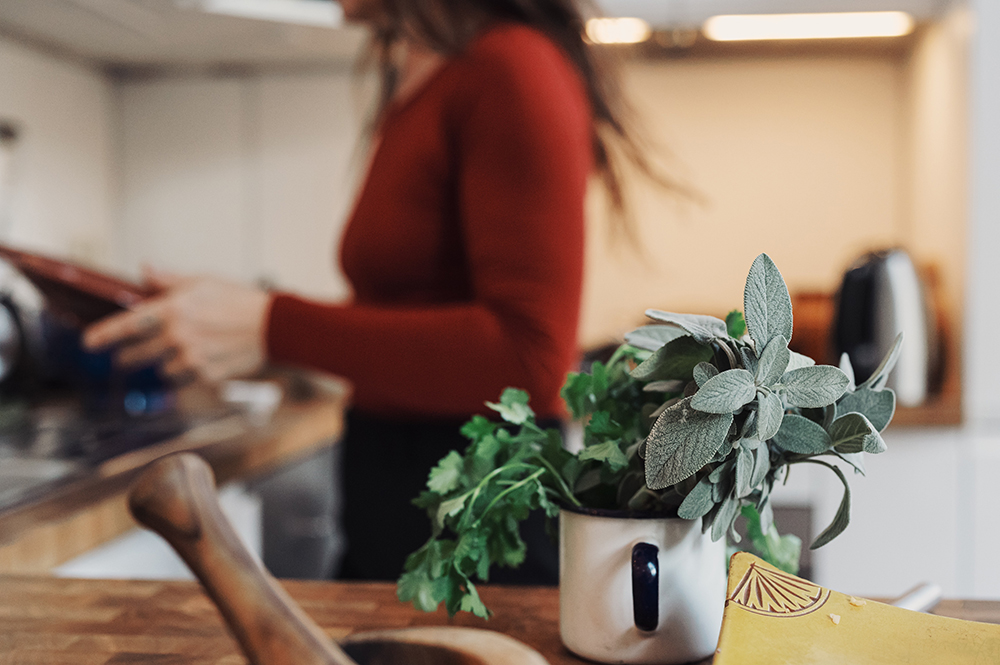
They May Be Getting Too Much Water
If your herbs have brown spots forming on their leaves, the cause could be overwatering. A combination of too much water and a pot with too little drainage can create the perfect environment for bacteria to breed. That same bacteria can cause root rot, which herbs like sage are especially to prone to.
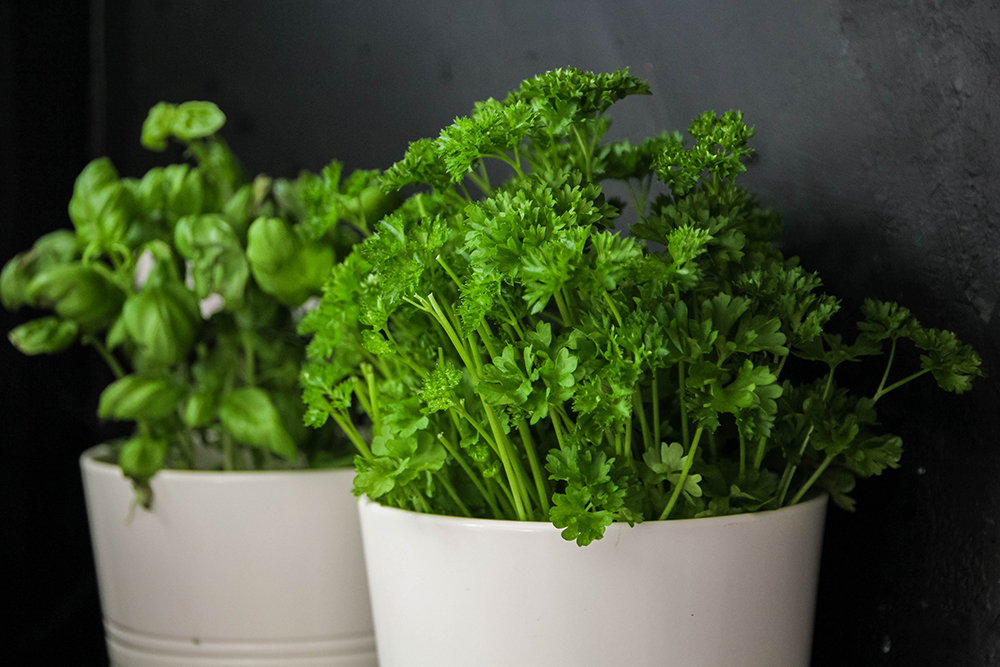
Crispy Leaves Could Be Caused by Low Humidity
When it comes to how to grow herbs at home, one of the challenges you can encounter is low humidity. If you’re not growing plants in your own greenhouse, humidity-loving herbs like French parsley can develop crispy leaves that make them look a little worse for wear.
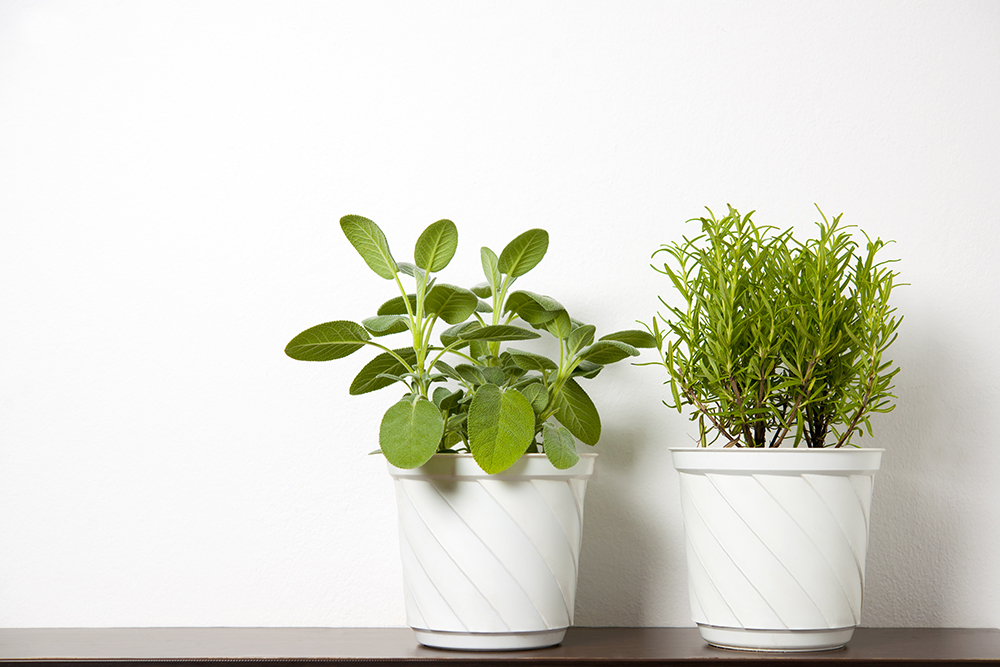
Low Quality Soil
If all other conditions seem fine but your herbs aren’t doing well or aren’t putting out new growth, low quality soil may be to blame. Poor quality soil doesn’t have the nutrients your sage and rosemary plants need. A higher quality soil will help your herbs put out lots of new growth to keep your kitchen cute, cozy, and well-stocked for all your culinary adventures.

They May Need Fertilizing
When last did you fertilize your herbs? Along with a quality potting soil, fertilizing your plants helps gives them the nutrients they need to thrive and grow. If your parsley has yellowing leaves or is struggling to put out new growth, lack of nutrients may be the reason why.
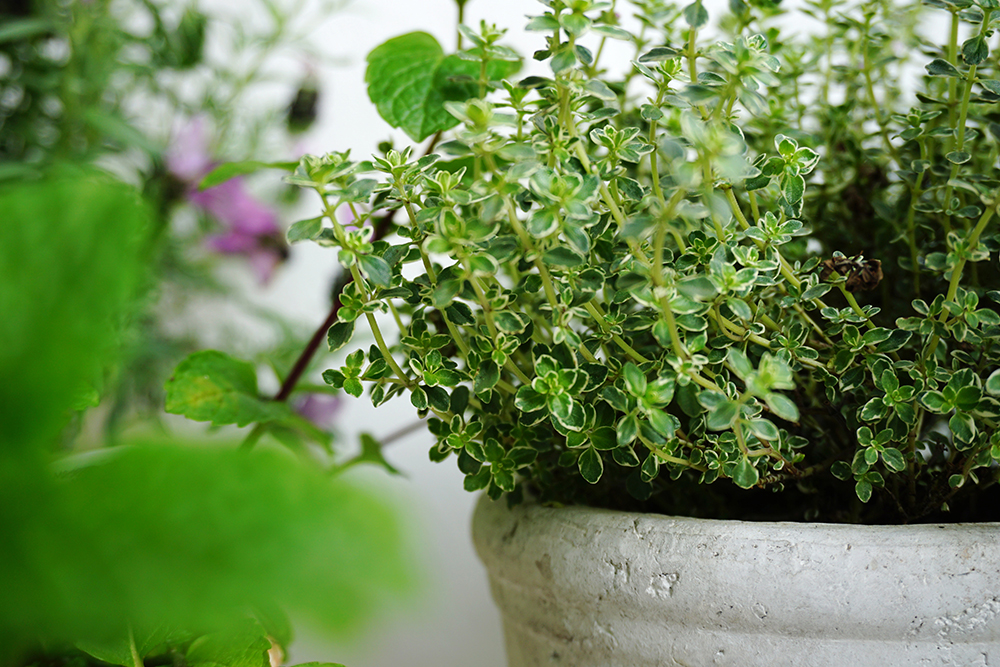
Bring Your Herbs Back to Life: Repot Them in a High Quality Potting Soil
If your treasured thyme is struggling and you suspect low quality potting soil may be to blame, repot it in a high quality potting soil. What’s the best soil for herbs? Any high quality potting mix or fruit and vegetable soil mix from your local garden centre will do fine. If you’re looking to try your hand at organic gardening, a high quality organic potting mix is a great option as well.
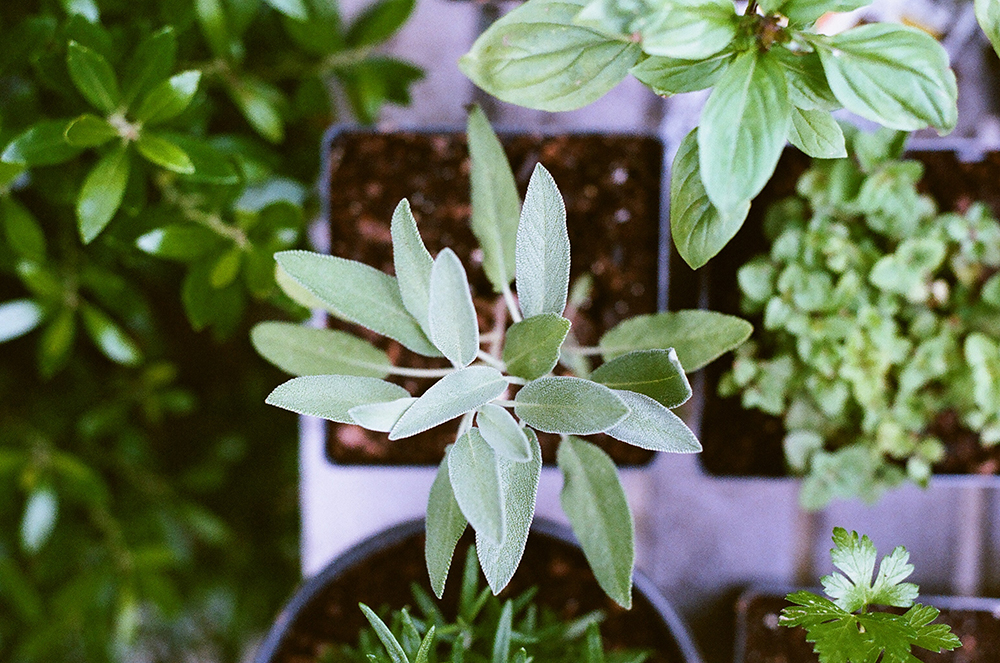
Bring Your Herbs Back to Life: Give Them More Light
If your sage’s growth is stunted and it sits in a shady corner of your kitchen, try moving it to a brighter spot in your home. If you’re looking for a weekend DIY project, you can even turn your balcony into your personal herb garden to give your herbs a guaranteed sunny spot.

Bring Your Herbs Back to Life: Give Your Yellowing Herbs a Shot of Fertilizer
If your dill and chives are yellowing, it could be a sign that they’re in need of nutrients. Choose a high quality liquid fertilizer and dilute it to half strength to avoid fertilizer burn, which – ironically – can also cause herbs to yellow.

Bring Your Herbs Back to Life: Mist Humidity-Loving Herbs Every Few Days
If your sage or basil leaves are crisping and curling from low humidity, you can add a humidifier to your space or mist your humidity-loving herbs every few days to boost humidity around them.
Related: 15 House Plants That Help Reduce Humidity in the Bathroom
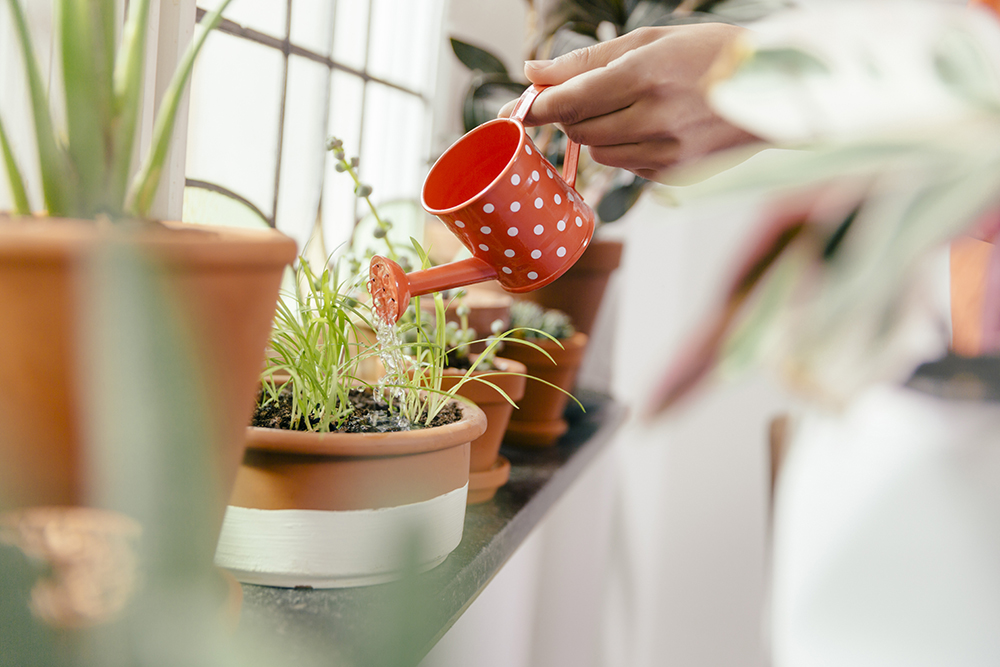
Bring Your Herbs Back to Life: Implement a Watering Schedule
Herbs that have been underwatered or overwatered can benefit from a watering schedule. Pencil watering day into your calendar or set yourself a weekly reminder – like on a “Water Wednesday” – and water your plants as-needed on that day.
Home Network your inbox.
By clicking "SIGN UP” you agree to receive emails from Home Network and accept Corus' Terms of Use and Corus' Privacy Policy.



